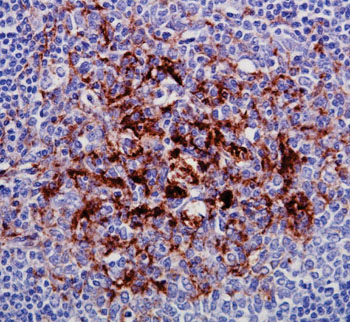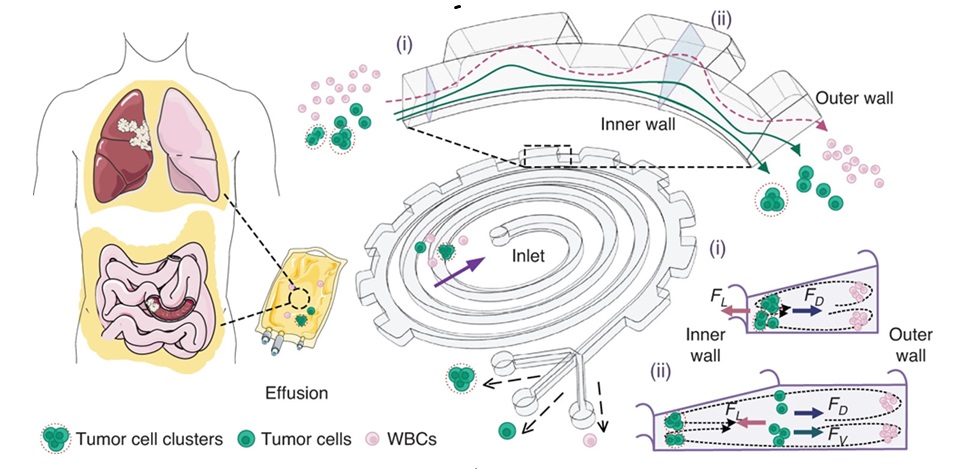Urine Test Could Diagnose Sporadic Creutzfeldt-Jakob Disease
By LabMedica International staff writers
Posted on 20 Oct 2016
Prions are infectious agents that cause invariably fatal brain diseases such as Creutzfeldt-Jakob Disease (CJD) in humans, scrapie in sheep and bovine spongiform encephalopathy (BSE or 'mad cow disease') in cattle.Posted on 20 Oct 2016
They are a rare but important cause of dementia and it is increasingly recognized that the fundamental process involved in these diseases are prion proteins changing shape and sticking together to form fibers or polymers that damage the brain.

Image: A photomicrograph of Prion Protein immunostaining from a biopsy in a patient with variant Creutzfeldt-Jakob Disease (Photo courtesy of SPL).
Scientists at the University College London (London, UK) carried out retrospective, cross-sectional study and analyzed anonymized urine samples from 162 people including 91 controls, patients known not to have the disease, 34 patients with non-prion neurodegenerative disease, and 37 patients with prion disease, 20 of whom had a sporadic form of Creutzfeldt-Jakob Disease (sCJD). The main outcome of the study was the presence of sCJD infection determined by an assay that captures, enriches, and detects disease-associated prion protein isoforms.
The assay’s specificity for prion disease was 100%, with no false-positive reactions from 125 control individuals, including 34 from a range of neurodegenerative diseases. In contrast to a previous study, which used a different method, sensitivity to variant CJD (vCJD) infection was low (7.7%) with only 1 of 13 patients with positive test results, while sensitivity to sCJD was unexpectedly high at 40%. The scientists hope to be able to increase the performance of the test by isolating the molecule or molecules in urine that are present in patients with sCJD.
Currently, the only ways to determine in life whether or not a patient has sCJD are complex and may include magnetic resonance imaging (MRI) scans, brain biopsy and sampling of cerebrospinal fluid. These procedures are usually only performed when there is already a high likelihood that a patient has the disease, and sadly, the patient may have just weeks to live by the time the diagnosis is confirmed. The urine test was based on a modification of a previously reported direct detection blood test for the presence of abnormal prion proteins.
Graham S. Jackson, PhD, the lead author of the study, said, “Although there is currently no cure for this disease, an accurate and early diagnosis is extremely important for patients and their families. This test could be a critical step forward in being able to identify disease sufferers early using a simple test, perhaps at the first signs of being unwell or even as part of routine screening. By studying the nature of these disease-specific forms of the prion protein we hope to be able to improve the reliability and speed of the test to a point where it could one day be routinely used by clinicians including GPs to detect all forms of CJD.” The study was published on October 3, 2016, in the journal JAMA Neurology.
Related Links:
University College London













